Childcare tactics are constantly evolving, and it can be fascinating to look back at how things used to be done. However, not all of these vintage parenting techniques would fly today! Here are 19 things that ‘50s and ‘60s parents did that would not be acceptable these days.
Physically Punishing Kids
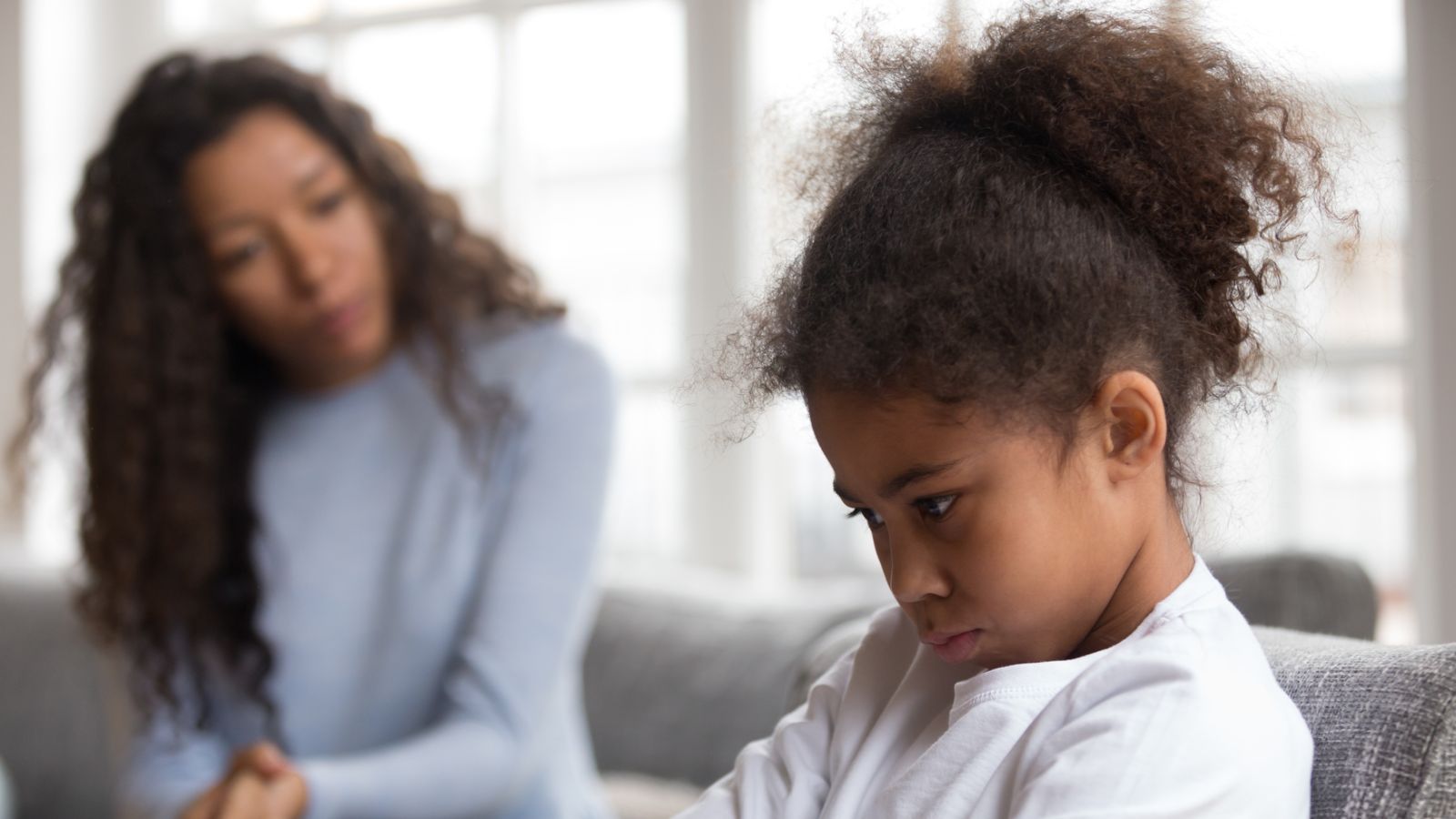
CNN explains that spanking your kids is illegal in many countries, but it’s still legal—if frowned upon—in the U.S. Nonetheless, the popularity of kiddie corporal punishment has sharply declined in recent decades. More and more Americans are willing to spare the rod, even if it risks spoiling the child.
Smoking Around Kids

Contemporary parents are well aware of the dangers posed by secondhand smoke, so lighting up around your kids is no longer socially acceptable. Parents in the ‘50s and ‘60s were less well-informed about carcinogenic substances, so it’s fair to cut them some slack. Regardless, this is a change for the better.
Drinking While Pregnant
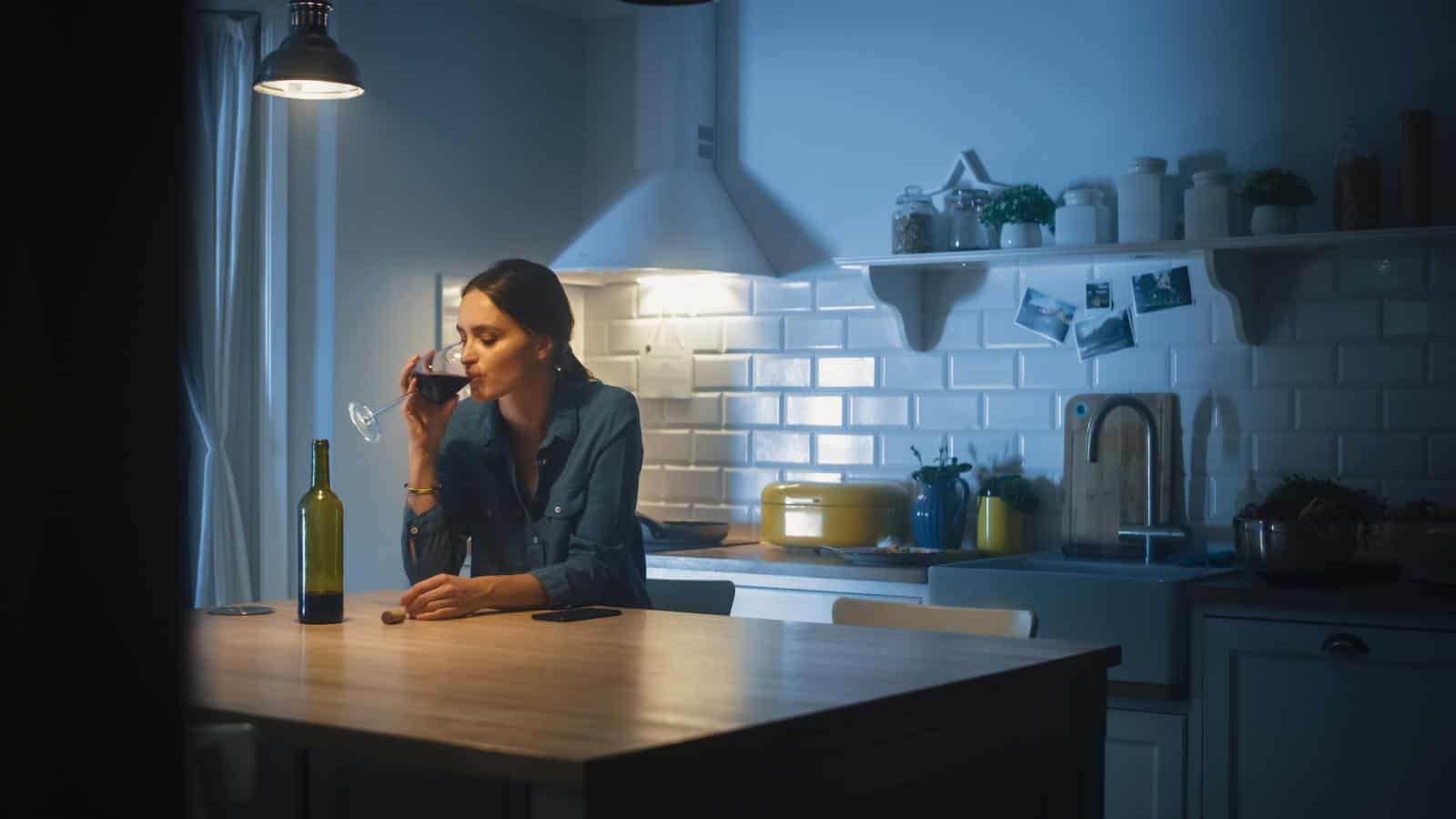
We now know how dangerous it can be for pregnant women to consume alcohol. In order to avoid health issues or birth defects, expectant mothers are now advised to swap their evening glass of chardonnay for something more wholesome. However, the party never stopped for post-war parents!
Buying Dangerous Toys
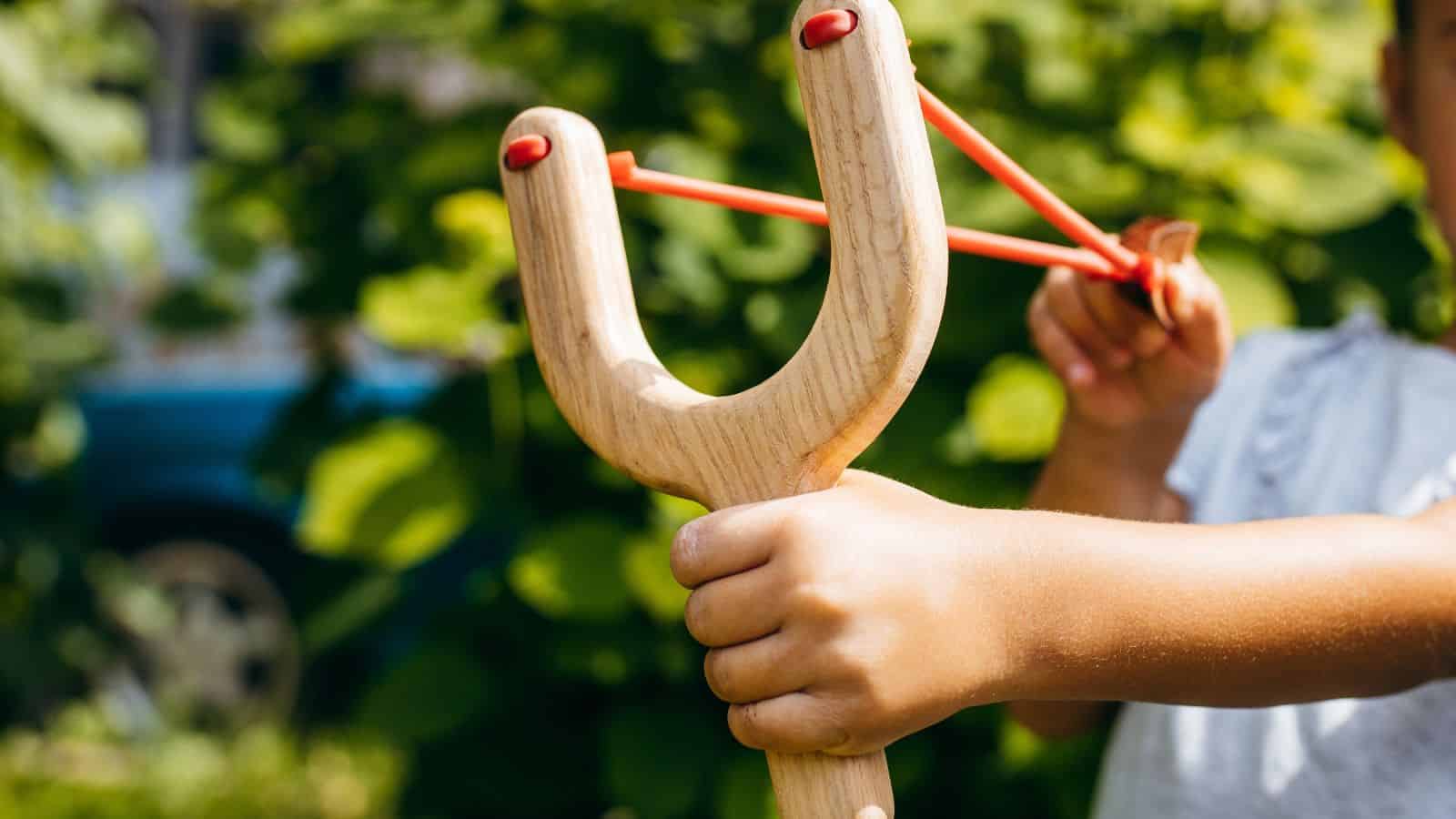
Countless deadly products have been marketed to kids in the U.S. over the years. Poorly designed toys have injured many children, and lead was once used in the paint on toys. Being a parent in the ‘50s and ‘60s was like playing a game of Russian roulette—thank goodness that things have improved.
Driving Without Seatbelts

Most Americans use their seatbelts while driving today, but this wasn’t always the case. Parents in the ‘50s were particularly lax about road safety, and the first cars with conventional seatbelts didn’t hit the market until late in the decade. Parenting back then was a rocky road!
Using Asbestos in Home Decor
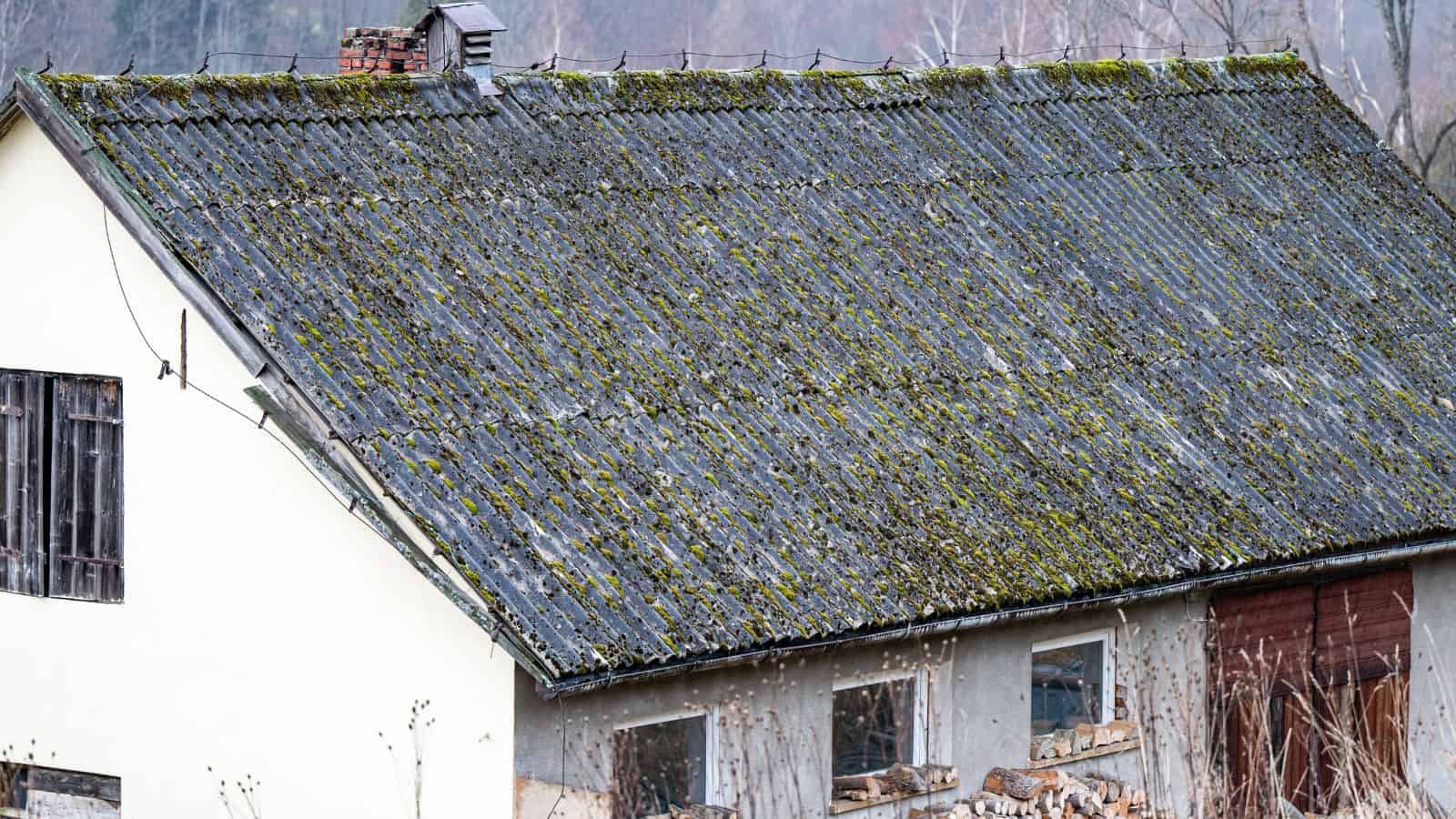
You might think that no one would wallpaper their child’s bedroom with a deadly chemical, but you’d be wrong. Parents in the ‘50s and ‘60s regularly used wallpaper containing asbestos while remodeling their homes. Luckily, the dangers of asbestos are now recognized, and modern parents have avoided making the same mistake.
Letting Kids Run Free
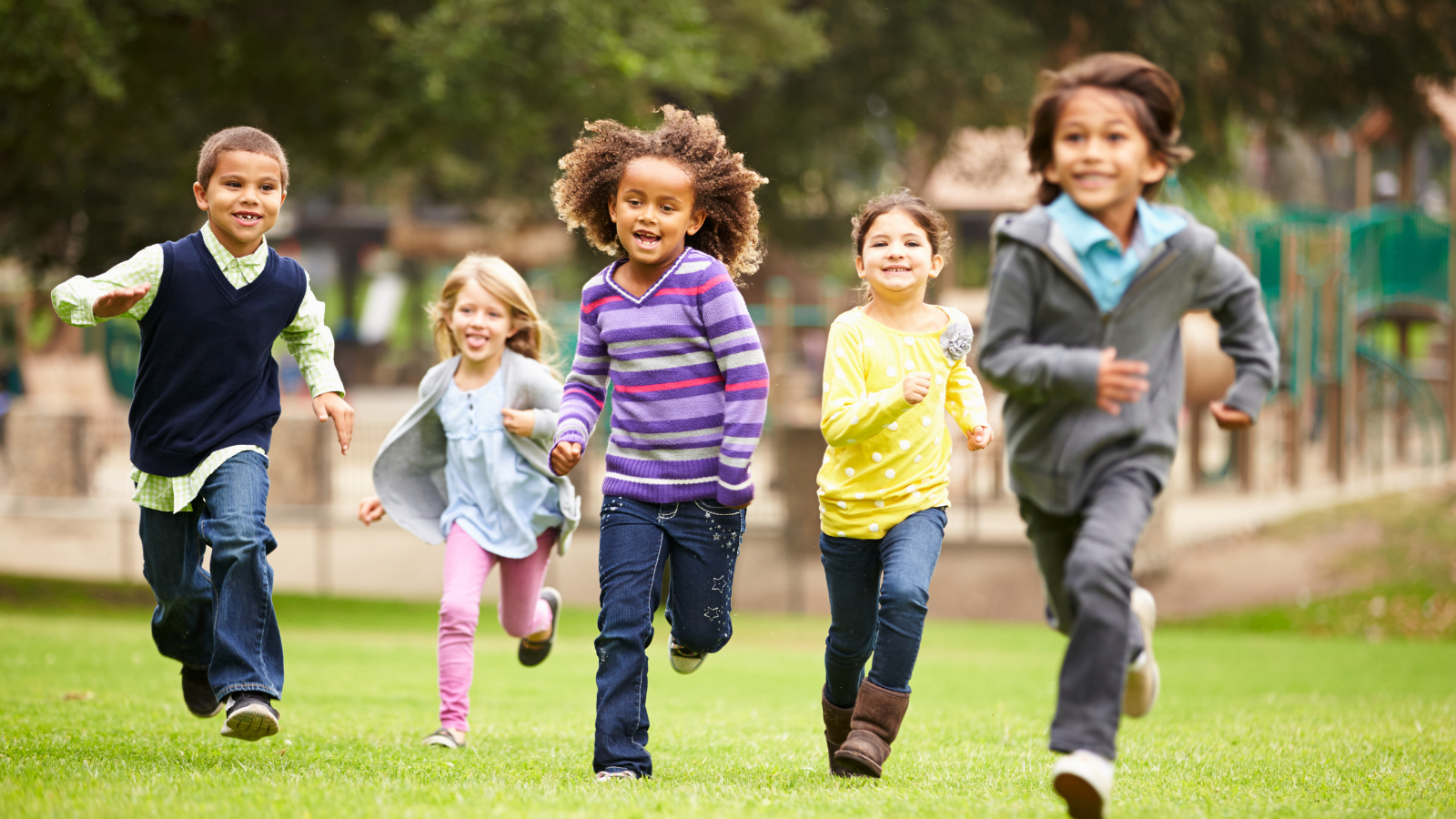
Nowadays, kids spend most of their time inside, so it’s hard to imagine a time when kids were allowed to run wild. However, parents were once willing to let their kids explore further afield. Data from NPR shows that some ‘50s parents let their 8-year-olds explore far-off forests on their own!
Making Moms Do It All
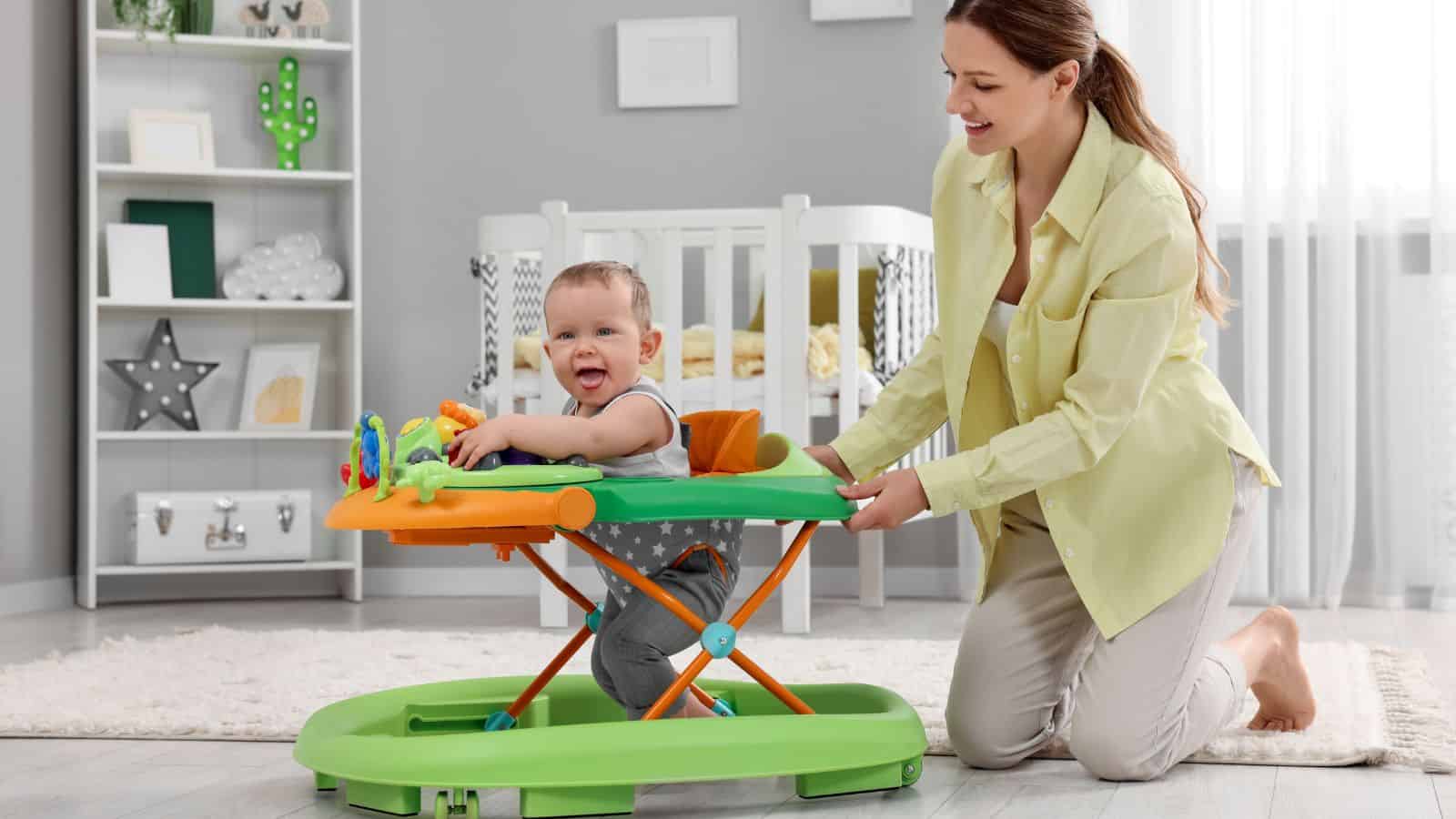
Great strides have been made in terms of gender equality since the ‘50s and ‘60s. While moms were once expected to dedicate themselves to childrearing, dads now play more active roles. Childcare still might not be entirely equal, but parents are better at striking a fair balance.
Quenching Thirst With the Garden Hose

Long before bottled water became the norm, parents would cool their kids down with a quick squirt from the garden hose. Unfortunately, this water wasn’t always especially clean, and it could contain dangerous chemicals. It’s a good thing that modern parents have moved on from this mid-century practice.
Leaving Kids in the Back of the Truck
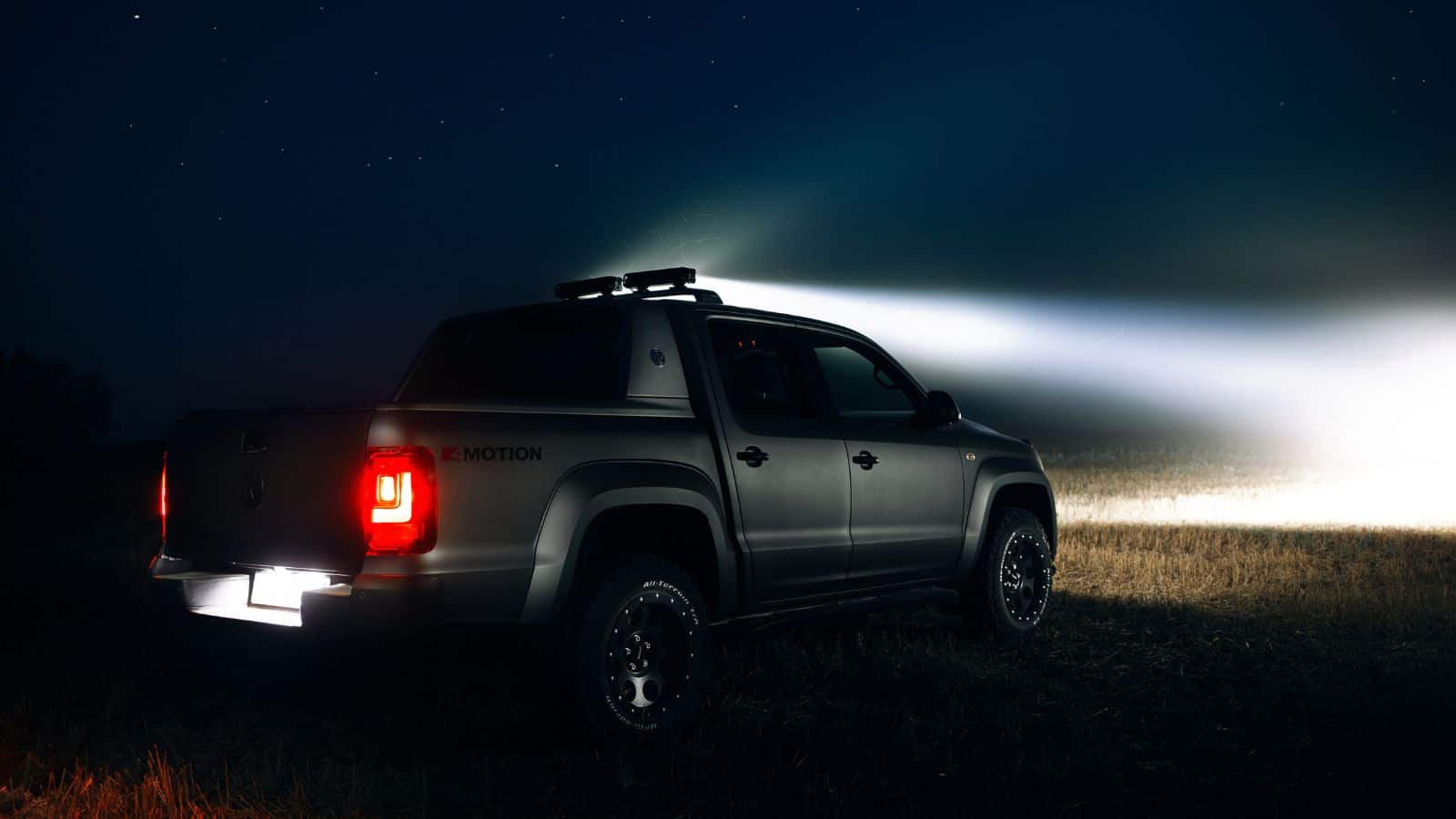
Long road trips are an American tradition, but times have changed when it comes to childcare. Parents in the ‘50s and ‘60s would let their kids nap in the truck bed while they drove up front—we know that it’s called a truck bed, but that doesn’t mean it’s a safe place to sleep!
Being Emotionally Distant

Parent-child relationships are increasingly touchy-feely in our modern age, but in the ‘50s and ‘60s, parents weren’t interested in discussing concepts like mental health with their kids. Fathers, in particular, demonstrated a coldness towards their kids that’s now hard for us to wrap our heads around. Modern parenting is an obvious improvement.
Having Large Families
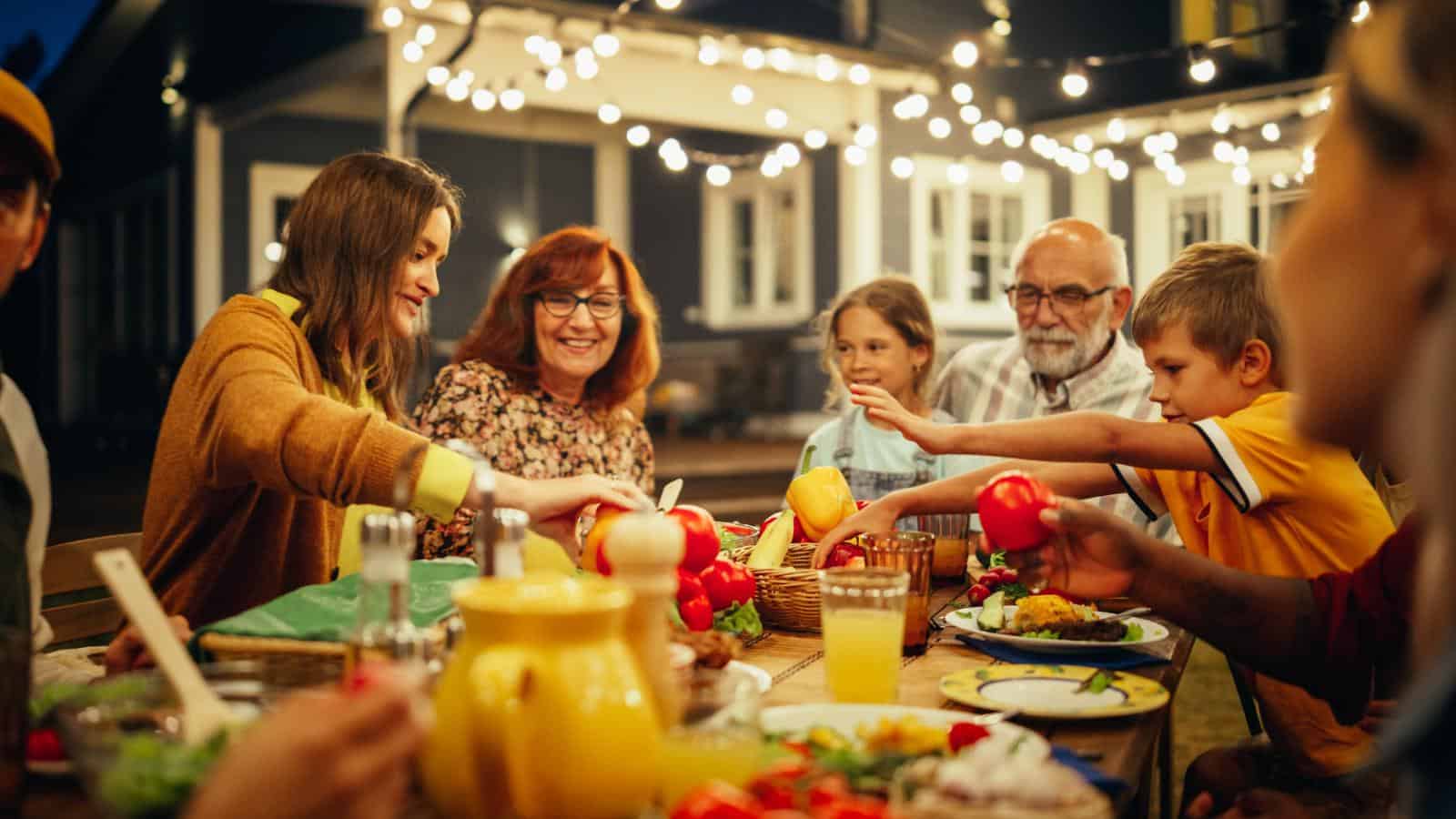
NBC outlines how American family sizes have plunged since the 1960s, with parents now having fewer kids. This might be a good thing, as large families are sometimes criticized as draining our planet’s finite resources. The birth rate in the U.S. may be falling, but plenty of environmental activists approve of this trend.
Making Kids Look After Themselves

Contemporary parents love to stuff their kids’ schedules with extracurricular sports, hobbies, and tutoring. This is a radical shift from vintage parenting styles, where kids were left to fend for themselves. Letting their kids be so independent would be unthinkable for today’s parents, who prefer to keep them on a tight leash.
Enforcing Conformity
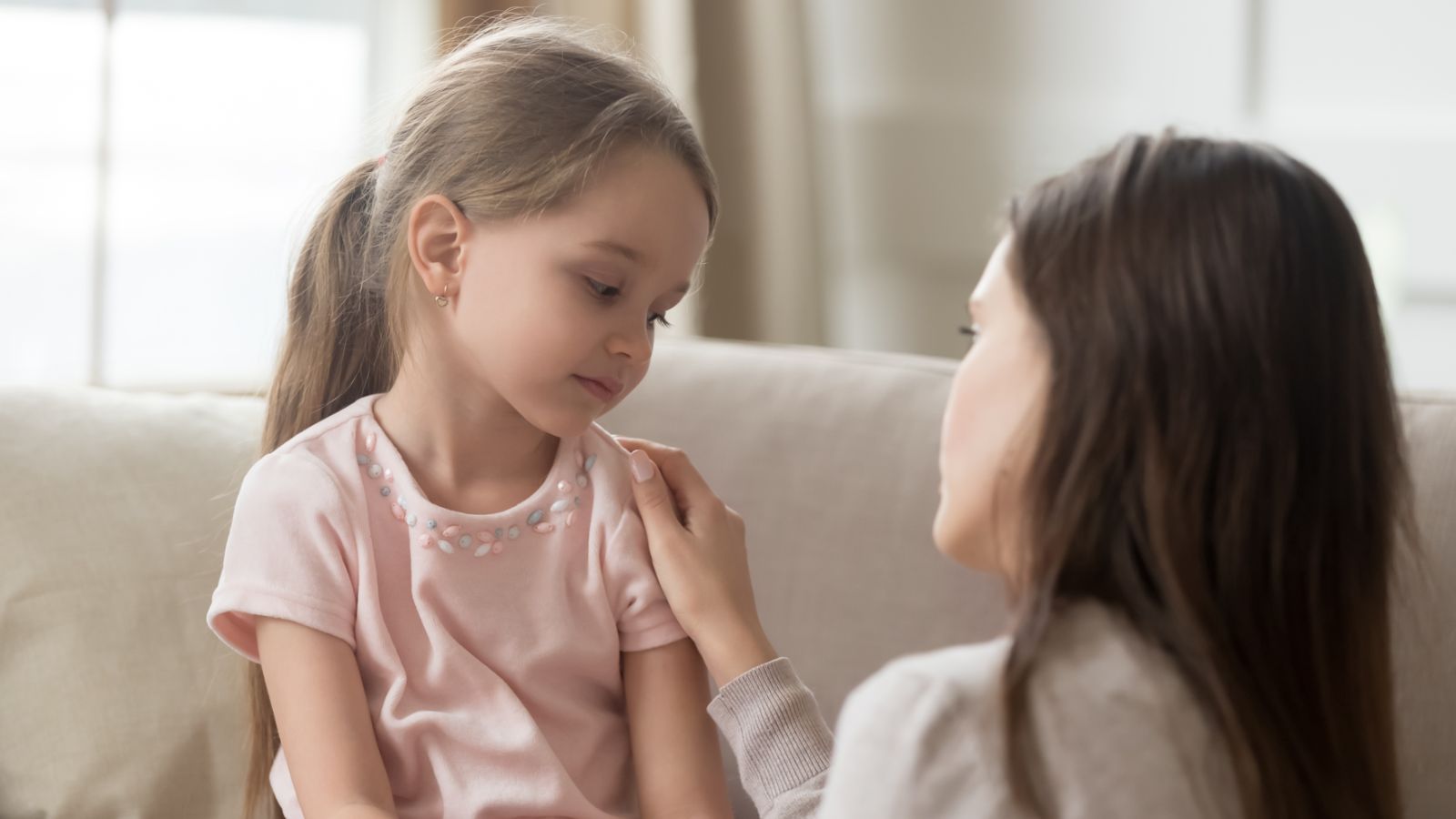
Social conformity was all the rage in the 1950s, and this need to fit in also extended to parenting. Kids were pressured to follow societal norms, no matter their own wishes, to do the opposite. Nowadays, the norm is to let your kids be who they want to be—for better and for worse.
Making Clothes
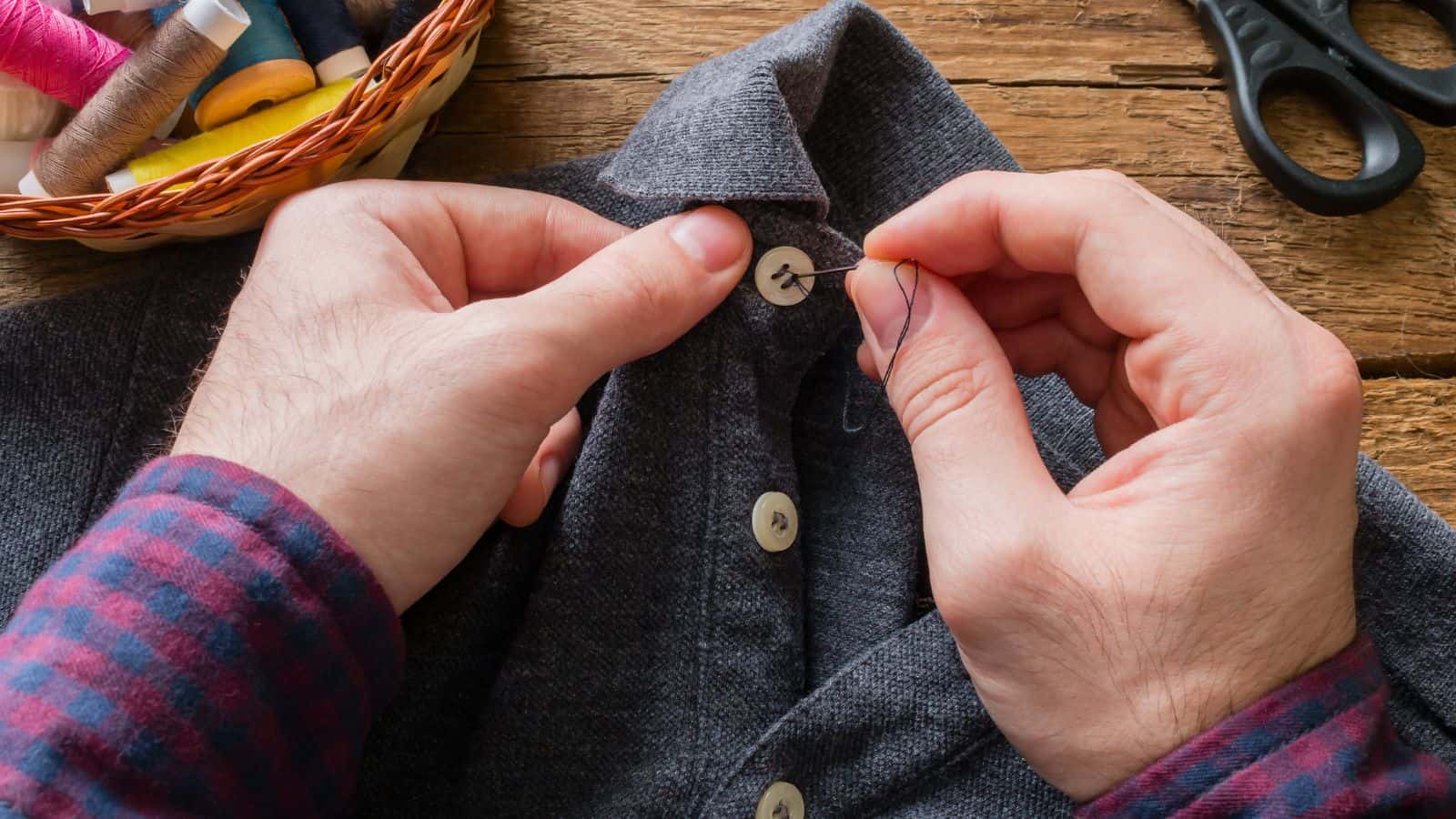
Given our insatiable appetite for fast fashion, it’s difficult to believe that parents once produced their children’s clothes from scratch rather than purchasing them from a store. Homemade clothes wouldn’t cut it in today’s fashion-conscious schoolyards, but they were once very much the norm.
Buying Parenting Guides

Parents in the 1950s and ‘60s turned to experts to help raise their kids. TIME reports that the most famous of these, Dr. Spock’s Common Sense Book of Baby and Child Care, sold over 50 million copies! Nowadays, though, parents are more likely to use Google or YouTube to solve their childcare conundrums.
Taking Dangerous Medicines

Medicine was relatively primitive in the ‘50s and ‘60s, so it’s no wonder that mistakes were made when it came to treating mothers and their children. The most infamous of these scandals was the thalidomide disaster. Luckily, we now have a better idea of what we’re putting in our bodies—and the side effects.
Not Walking Kids To School
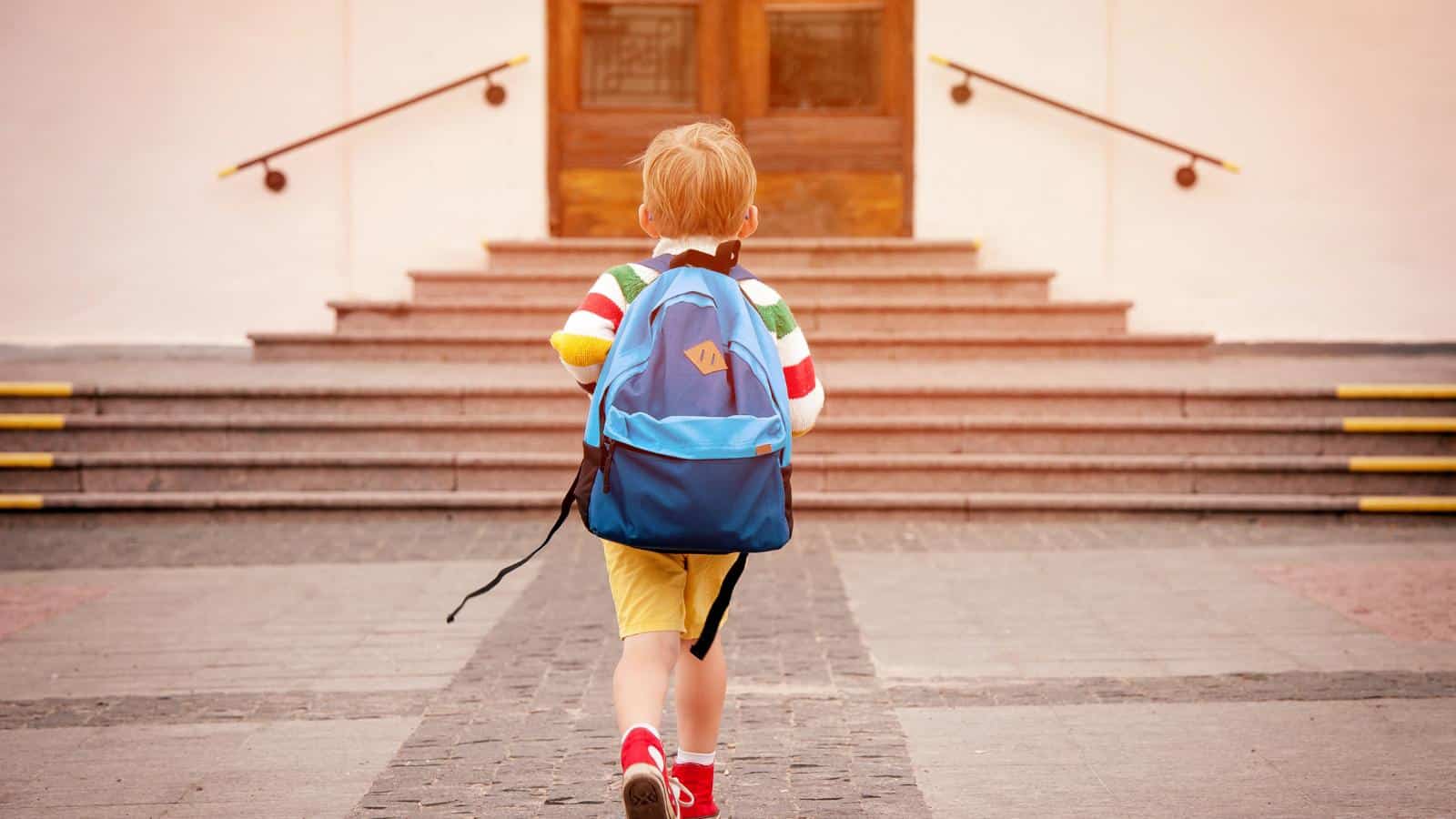
Modern parents are understandably worried about stranger danger, so they like to keep an eye on their offspring at all times, including when they’re walking to school. Older generations weren’t so fussed—they sent their kids out in the morning and trusted they’d make it to class on time.
Refusing to Compromise
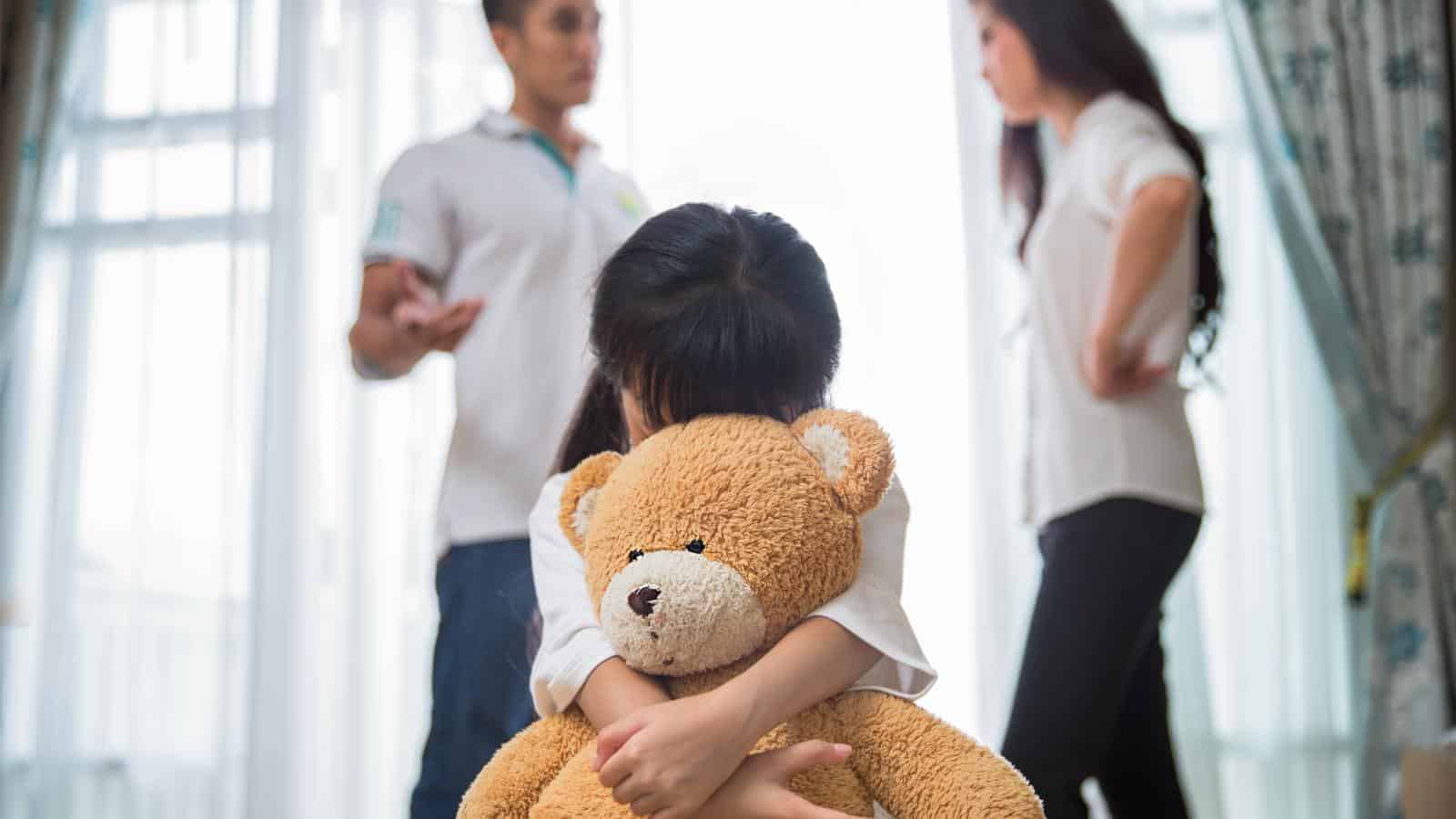
Nowadays, parenting is a two-way street, and parents often try to understand their kids’ perspectives when a problem emerges. However, parents were more stubborn in the post-war years, and parent-child compromise wasn’t a possibility. Kids in those days knew not to talk back under any circumstance!
Up Next: 18 Reasons Older Men Say ‘Nope’ To Relationships
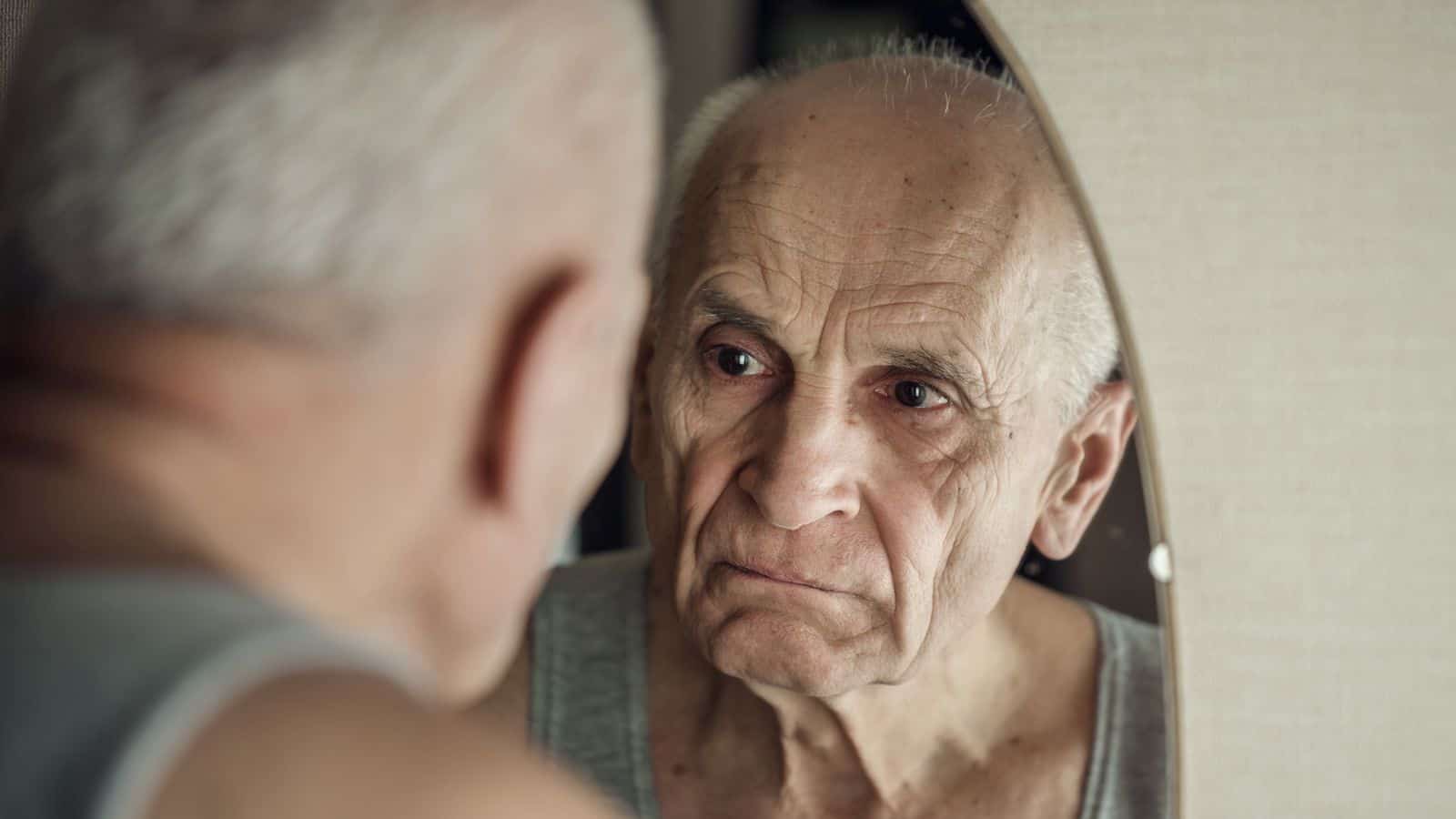
Older men embrace being alone and generally prefer spending time in solitude. They’ve had a full, so don’t criticize them for being less social! The following 18 reasons explain why older men prefer to be alone and are redefining how they experience their retirement years.
18 REASONS OLDER MEN SAY ‘NOPE’ TO RELATIONSHIPS
18 Most Dangerous Cities in the World (5 Are in America)

Across the globe, there are many places you don’t want to find yourself because of the crimes waiting to occur. Sometimes, even nature can be cruel to you. This is particularly the case in the following 18 most dangerous cities in the world, five of which are in America!
18 MOST DANGEROUS CITIES IN THE WORLD (5 ARE IN AMERICA)
18 Reasons You Feel Like You Don’t Belong Anywhere

Feeling like you don’t belong anywhere can feel incredibly isolating. We need companionship to keep us connected to the world, so if you’re struggling to form relationships and don’t feel that you don’t fit in, here are 18 reasons why that might be.

